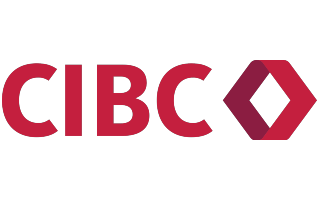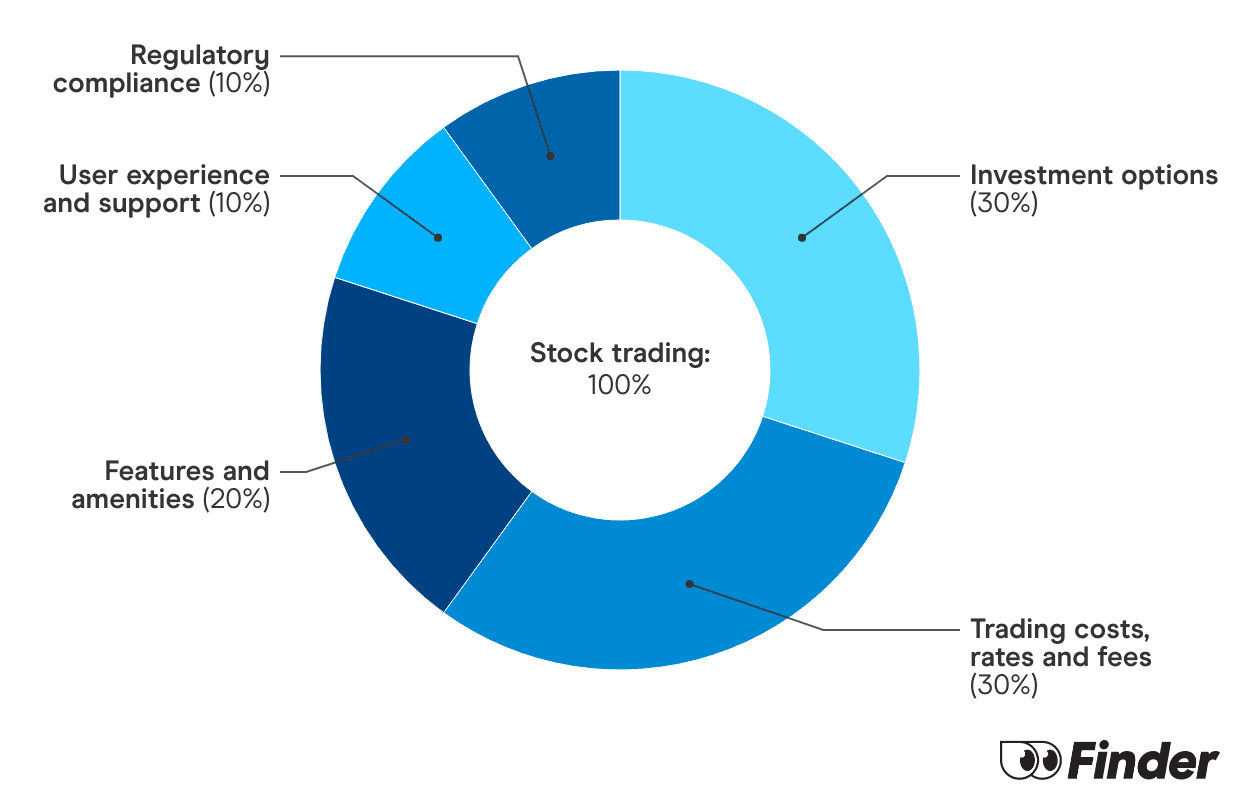Wondering how to open a trading account in Canada, so you can start investing? Online investment platforms make it easier than ever to start buying and selling securities yourself at a much lower cost than if you used a traditional full-service broker. Let’s walk through how to open a stock account in Canada.
How to open a stock account in Canada
The exact steps for opening a stock trading account vary between platforms, but here’s how it generally works.
1. Compare trading platforms
There are 15 online brokers to choose from in Canada. Each offers its own fee structure, account types, trading options and platform features.
If you’re just starting out, look for brokerages with widely available customer support, low fees and simple, user-friendly apps. More experienced investors may want a trading platform that offers advanced features like options trading, margin trading and access to other securities besides just stocks and ETFs.
Before signing up, make sure you understand the cost of making a trade, any ongoing account maintenance fees and the requirements for opening an account. Usually, you must be at least the age of majority in your province or territory (18 or 19 years old), a resident of Canada and have a bank account.
2. Visit the trading platform website and start an online application
Most platforms let you complete the entire application process online, although some may require extra steps like visiting a brokerage branch in person to verify your identity and complete the process. For example, some CIBC Investor’s Edge clients may need to visit a local CIBC branch to present ID and speak with a representative before their applications can be fully approved.
3. Create your profile
Create the username and password with which you’ll access your account. Many platforms will reimburse you for financial losses due to unauthorized account activity, provided you’ve taken reasonable steps to protect your password and personal information. So, avoid using an obvious password, and don’t share it with anyone.
Many platforms use 2-factor authentication, such as one-time codes sent to your phone via text or an authenticator app, to prevent unauthorized account access. You may have to confirm any devices linked to your trading account before your application can proceed.
4. Select an account type
Popular account types include Tax-Free Savings Accounts (TFSAs), Registered Retirement Savings Plans (RRSPs) and Registered Education Savings Plans (RESPs), although you may be able to open business accounts, trusts and other account types as well.
All brokers offer cash accounts that let you trade with funds you deposit into your account. Some also offer margin accounts that let you trade using funds borrowed with interest. Margin trading is risky and not suitable for new investors.
5. Enter your personal information
You’ll typically need to provide your full name, email address, residential address, phone number and Social Insurance Number (SIN).
6. Enter basic employment and financial information
You may be asked to provide the name of your employer and some basic financial information. This information is requested to help brokers comply with Canadian regulations designed to prevent fraud and money laundering. You’ll also need to provide bank account details to transfer funds to and from your investment account.
7. Verify your ID and residency
For security purposes, you have to send a copy of valid, government-issued photo ID 9such as a driver’s license or passport) to your broker. Usually, you can do this by email, fax or uploading a photo or PDF file to a secure online portal. Qtrade has a convenient system that lets you upload a copy of your ID and take a selfie to verify your ID in anywhere between 30 seconds and 10 minutes.
You can verify your residency by sending in a copy of a recent utility bill, bank statement, credit card statement or similar document that shows your name and address.
8. Submit your application and wait for approval
Once you’ve provided all the required information, uploaded your documents and verified your identity, submit your application. Approval often takes anywhere from 1-2 business days. There could be delays if you’re missing information or your ID is unclear.
9. Fund your account
Once approved, transfer funds into your investment account, so you can start trading. Usually, this can be done by electronic funds transfer (EFT), Interac e-Transfer, bill payment through your online bank portal, wire transfer or cheque. Some brokers may also accept debit card payments. You can’t fund an investment account via credit card.
Note that some brokers require a minimum deposit before you can start trading. Some, like Wealthsimple and Interactive Brokers, have no minimum deposit requirements.
10. Start trading!
Once your account is open and funded, you can start buying and selling securities. You can also open additional accounts. Most platforms offer both online and mobile app trading, making it easy to invest just about anytime, anywhere.
RRSP Deadline
For the 2022 tax year, the contribution deadline is March 1, 2023. The maximum amount you can contribute is 18% of your earned income in the previous year, up to an annual limit of $29,210 for the 2022 year. Contributions are tax deductible – you claim your RRSP contribution as a deduction on your tax return. Savings grow tax-free within your RRSP, as you won’t pay tax on investment earnings as long as they stay in your RRSP.
Compare trading platforms in Canada
Finder Score for stock trading platforms
To make comparing even easier we came up with the Finder Score. Trading costs, account fees and features across 10+ stock trading platforms and apps are all weighted and scaled to produce a score out of 10. The higher the score the better the platform - simple.
Bottom line
It’s easier than ever to open a stock account. Most self-directed investment platforms let you apply online in minutes and get approved in 1 or 2 business days. Once you’ve funded your account, you’re all set to start investing. Before you apply, make sure you’ve carefully compared trading platforms to find the right one for your needs.
Frequently asked questions about stock trading for beginners
More on investing

What are the best stocks for beginners with little money to invest?
Want to dive into investing but don’t have much to spend? Take a look at these types of stocks.
Read more…
Meme stocks: What they are and examples of popular stocks
Meme stocks can produce large gains in short periods, but the stocks are volatile.
Read more…
How do ETFs work?
Your guide to how ETFs work and whether this type of investment is right for you.
Read more…More guides on Finder
-
How to buy Newsmax (NMAX.US) stock in Canada
Everything we know about the Newsmax IPO plus information on how to buy in.
-
Low-cost and commission-free stock trading in Canada
Learn how to choose a free trading platform in Canada to buy and sell stocks.
-
How technical analysis works
Here’s what you need to know about technical analysis to become a better trader.
-
Dogecoin ETF: Approval news and how to buy
The US SEC might soon green light spot Dogecoin ETFs. Here’s how to invest from Canada if and when they become available.
-
Best defense stocks in Canada
Looking for the best defense companies to invest in? Discover key defense stocks and ETFs plus risks and rewards of this sector.
-
Quantum computing stocks
Microsoft, IBM, IONQ, Rigetti and Quantum Computing are some of the top stocks to buy in this category. See how to get started here.
-
How to buy Bitcoin ETFs (2025)
If you’re looking to purchase Bitcoin ETFs but are not sure how, here is our explainer guide to buying the latest thematic ETF.
-
Best renewable energy stocks
These are the best renewable energy stocks to buy now in Canada.
-
Best stocks to buy right now in Canada
Finder’s unique algorithm found the 20 best TSX stocks to buy right now.
-
How to invest in the S&P 500 in Canada
Find out how to invest in the S&P 500 in Canada—one of the world’s most popular stock indices—to diversify your portfolio.



